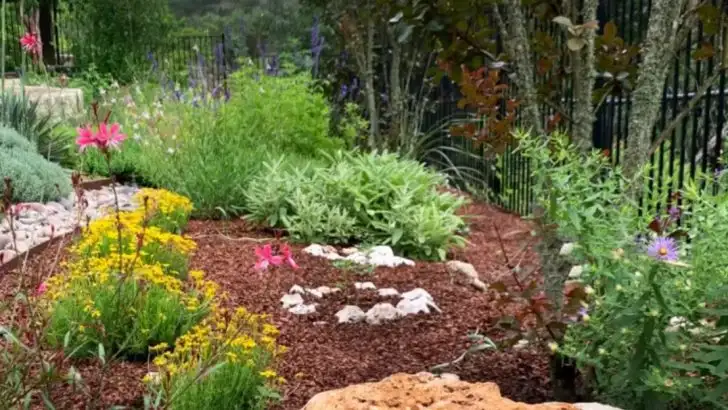Dreaming of a beautiful garden but don’t have the time for constant upkeep? With the right strategies and plant choices, you can create a stunning outdoor space that thrives with little to no effort.
In this article, we share 20 ways to grow a gorgeous, zero-maintenance garden. From drought-tolerant perennials and self-seeding flowers to mulching techniques and smart landscaping, these tips will help you enjoy a lush, vibrant garden without the hassle of constant watering, weeding, or pruning. Say goodbye to high-maintenance gardening and hello to effortless beauty!
Native Plant Selection

Choosing native plants is one of the most effective ways to reduce garden maintenance. These plants are adapted to the local climate and soil conditions, making them more resilient to pests and diseases. By thriving naturally, they require less water and fertilizer, reducing the need for constant care. Native plants also attract local wildlife, such as birds and beneficial insects, enhancing the garden’s ecosystem. Consider incorporating a mix of native flowers, shrubs, and ground covers for a dynamic and sustainable landscape. With native plants, a garden can flourish with minimal intervention, creating a harmonious and self-sustaining environment.
Perennials Over Annuals

Opting for perennials over annuals is a smart choice for a low-maintenance garden. Perennials return each year without needing to be replanted, saving both time and effort. These hardy plants adapt well to various environments and often require less watering and fertilization compared to their annual counterparts. With a range of colors, shapes, and sizes, perennials can provide continuous beauty from season to season. Integrating a variety of perennials ensures a vibrant display that comes back year after year, allowing gardeners to enjoy their blooms with less hassle and upkeep.
Mulching Madness
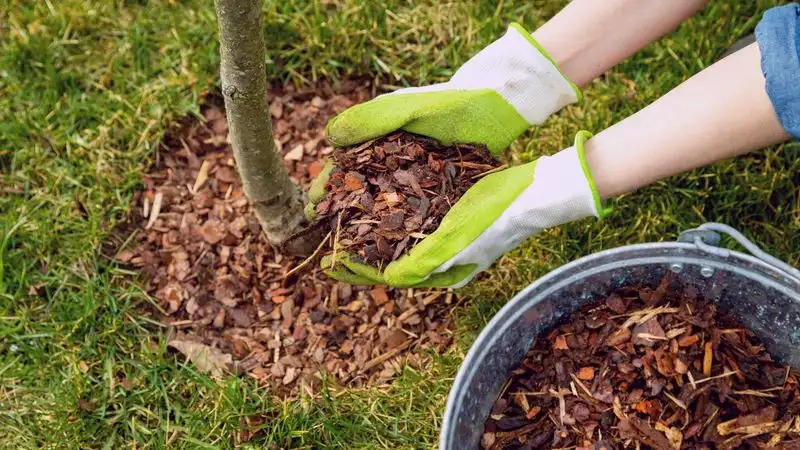
Applying mulch is a simple yet effective method to cut down on garden maintenance. Mulch helps to retain soil moisture, suppress weeds, and regulate soil temperature, all of which contribute to a healthier garden with less effort. Organic mulches such as wood chips or straw also break down over time, enriching the soil with nutrients. A well-mulched garden not only looks tidy and well-kept but also thrives with reduced watering and weeding needs. Mulching acts as a protective barrier, ensuring plants grow strong and vibrant without constant care.
Drought-Tolerant Choices
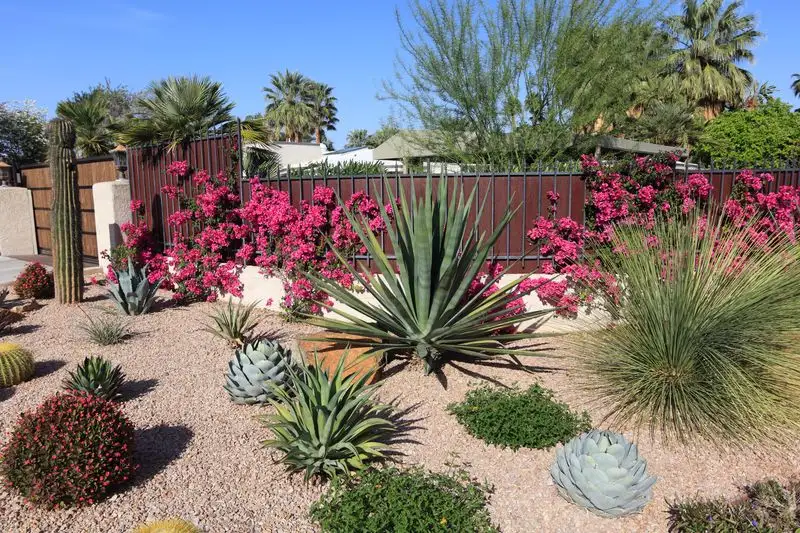
Drought-tolerant plants are perfect for those seeking a low-maintenance garden. These plants are adapted to survive with minimal water, making them ideal for dry climates or gardeners looking to conserve resources. Succulents, cacti, and various grass species often fall into this category, providing an array of textures and colors. These resilient plants can withstand harsh conditions, reducing the need for regular watering. By incorporating drought-tolerant species, gardeners can enjoy a thriving landscape that requires little attention, even during dry spells.
Self-Sustaining Ground Covers
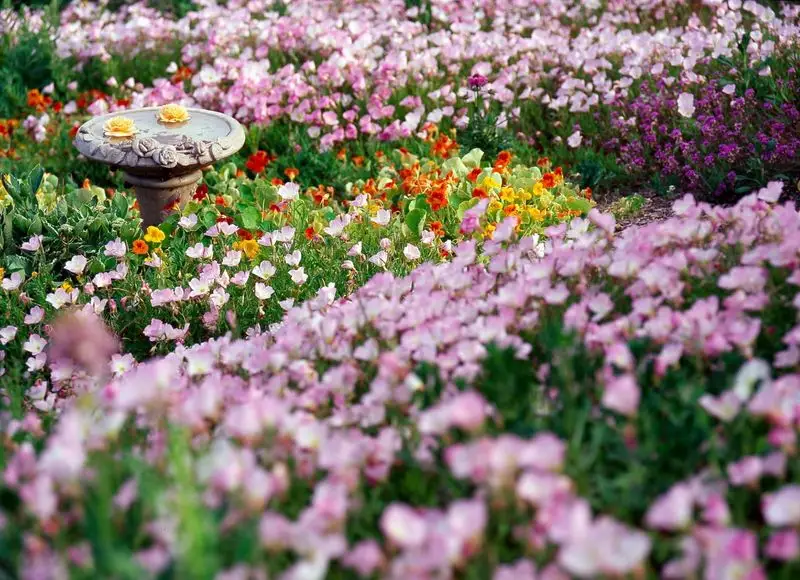
Ground covers are an excellent choice for a garden that requires minimal maintenance. These low-growing plants spread quickly, covering bare soil and preventing weed growth. Options like clover, creeping thyme, or vinca are not only attractive but also hardy and adaptable. Once established, ground covers require little to no intervention, thriving on rainwater and natural soil nutrients. They protect the soil from erosion and add a lush, green carpet to the garden. Ground covers can create a polished landscape that stays beautiful with very little effort.
Automatic Irrigation Systems
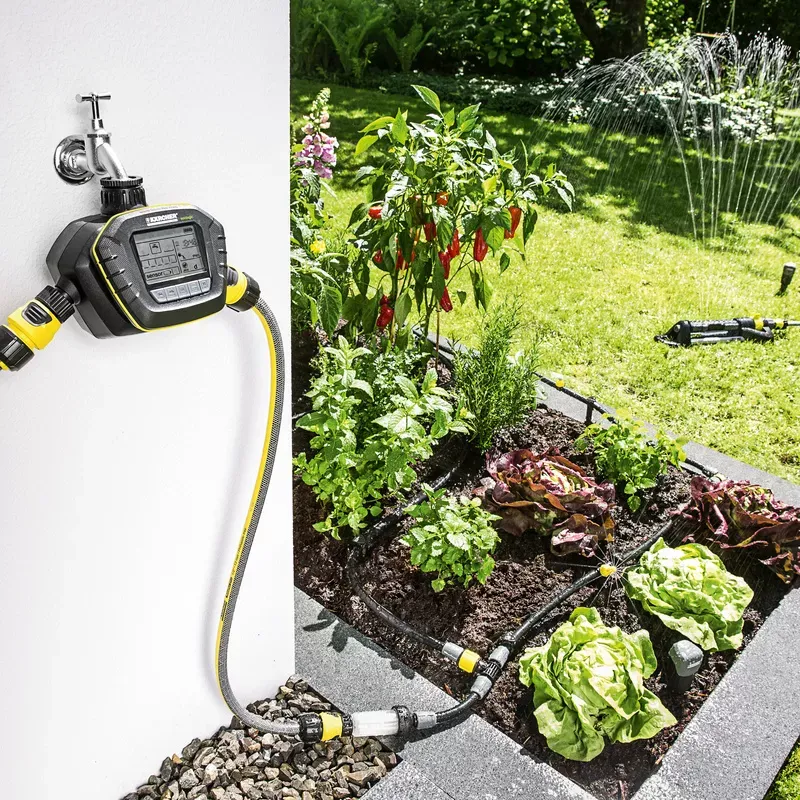
Investing in an automatic irrigation system can drastically reduce the time spent watering a garden. These systems can be tailored to deliver the right amount of water to different plant zones, ensuring optimal growth. Whether using drip irrigation or sprinkler systems, the technology can be scheduled to water at the most efficient times, conserving water and minimizing waste. An automatic system takes the guesswork out of watering, providing consistent care without the need for daily attention. This setup allows gardeners to maintain a healthy garden with minimal manual effort.
Composting for Soil Health
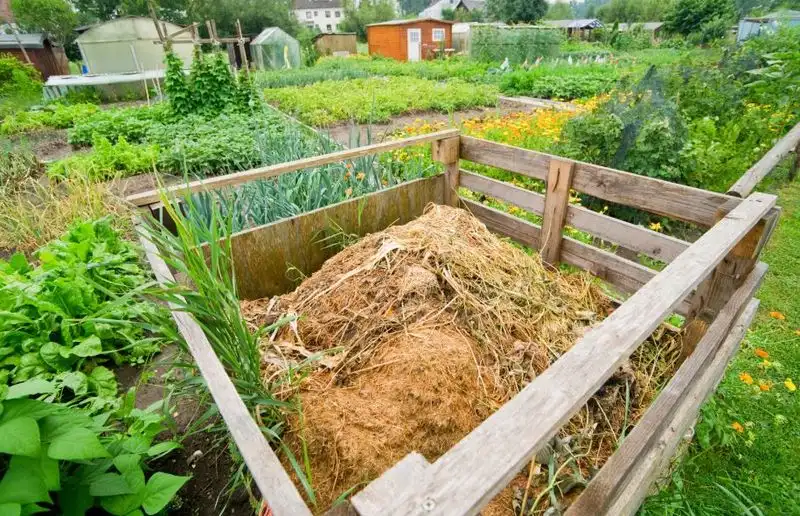
Composting is a natural way to enhance soil fertility with minimal effort. By recycling kitchen scraps and garden waste, composting provides plants with essential nutrients that promote strong growth. This process reduces the need for chemical fertilizers and improves soil structure, allowing for better water retention and root development. A small composting setup can easily fit into any garden design, providing a sustainable source of nourishment. With compost, gardeners can support robust plant health and vitality, all while keeping garden maintenance to a minimum.
Low-Maintenance Shrubs
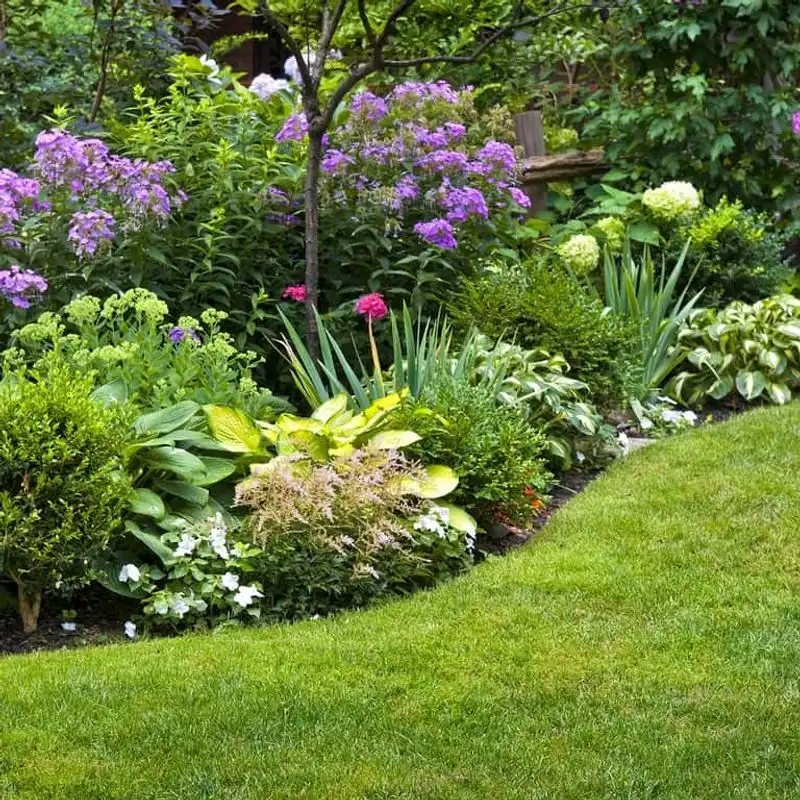
Incorporating low-maintenance shrubs into a garden can add structure and beauty with little effort. These shrubs are often evergreen, providing year-round interest without the need for constant pruning or care. Varieties like boxwood, juniper, and holly are known for their resilience and adaptability to different environments. They can act as natural borders or focal points, requiring minimal watering and fertilization once established. By choosing shrubs that thrive on neglect, gardeners can enjoy a sophisticated and enduring landscape with ease.
Wildflower Meadows
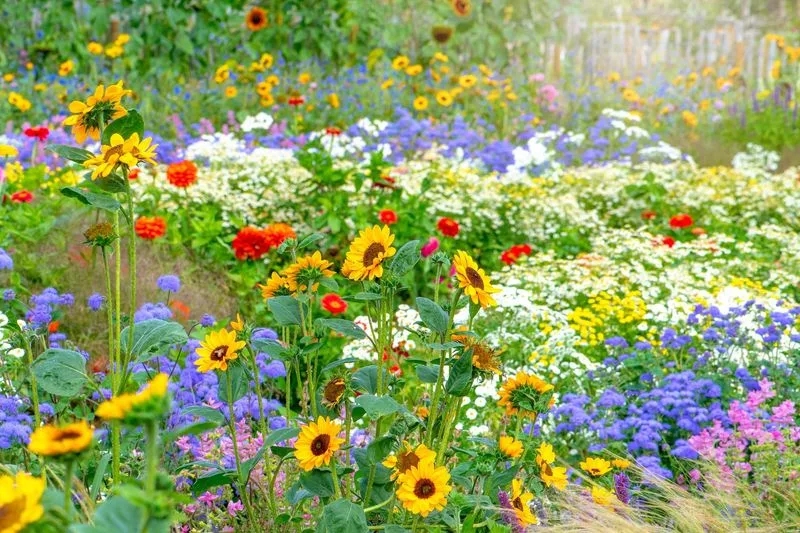
Establishing a wildflower meadow is a fantastic way to cultivate beauty with minimal maintenance. Wildflowers are naturally hardy and adapt well to local conditions without the need for fertilizers or pesticides. They attract pollinators like bees and butterflies, enhancing the garden’s biodiversity. Once seeded, a wildflower meadow requires little attention, as the flowers will reseed themselves yearly. This hands-off approach results in a vibrant display of colors and textures, providing a lively and ever-changing scene that requires very little upkeep from the gardener.
Rock Gardens and Hardscaping
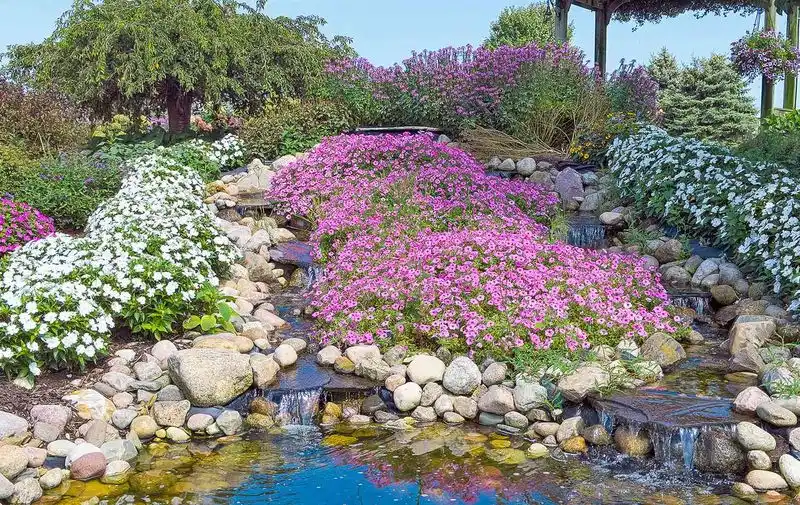
Rock gardens and hardscaping offer a maintenance-free solution for those seeking a sophisticated garden design. By incorporating rocks, gravel, and hardy plants, these gardens require little to no watering or pruning. The use of stones adds texture and visual interest, while drought-resistant plants complement the arid look. Hardscaping can be tailored to fit any garden size, creating paths, borders, or focal points that withstand the elements. This approach provides a striking and durable landscape that looks impressive year-round, with virtually no effort required to maintain its pristine appearance.
Natural Pest Control Techniques
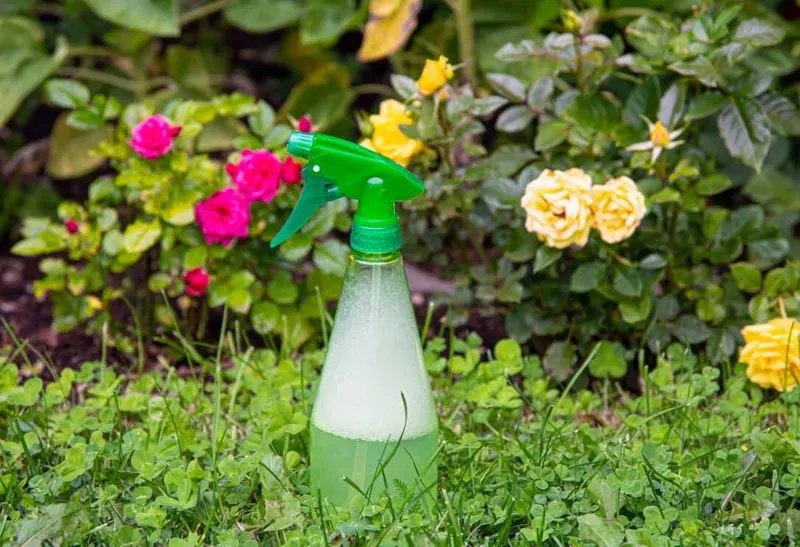
Natural pest control methods can significantly reduce garden maintenance by keeping harmful insects in check. Encouraging beneficial insects like ladybugs, praying mantises, and lacewings helps manage pest populations naturally. Planting pest-repelling herbs such as basil, mint, and marigold can also deter unwanted visitors. These strategies reduce the need for chemical pesticides, promoting a healthier garden ecosystem. By fostering natural pest control, gardeners can enjoy thriving plants with less intervention, creating a balanced environment where nature takes care of itself.
Low-Water Lawns
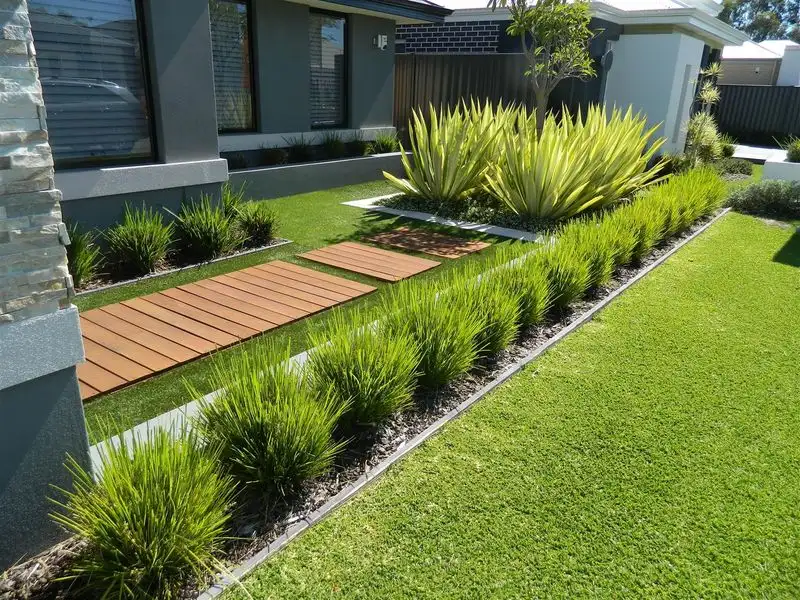
Switching to low-water grass varieties can dramatically decrease the effort needed to maintain a lush lawn. These grass types, such as Bermuda or Zoysia, are bred to withstand periods of drought and require less frequent mowing. They thrive with minimal watering and fertilization, maintaining their green appearance even during dry spells. A low-water lawn not only conserves resources but also reduces the time spent on upkeep. By choosing grasses that are both beautiful and resilient, gardeners can enjoy a verdant lawn with significantly less work.
Edible Landscaping
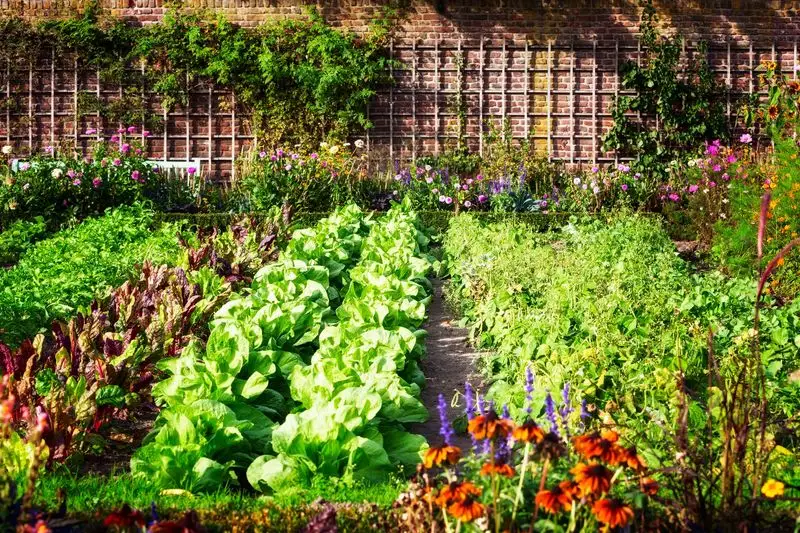
Edible landscaping combines aesthetics with functionality, offering a unique way to enjoy a low-maintenance garden. By incorporating fruit trees, herbs, and vegetables into the design, gardeners can harvest fresh produce with minimal effort. Many edible plants are naturally hardy, needing less care than ornamental varieties. This approach not only provides food but also enhances the garden’s beauty with diverse colors and textures. Edible landscaping is an efficient and rewarding way to create a self-sustaining environment that delights the senses and the palate.
Companion Planting
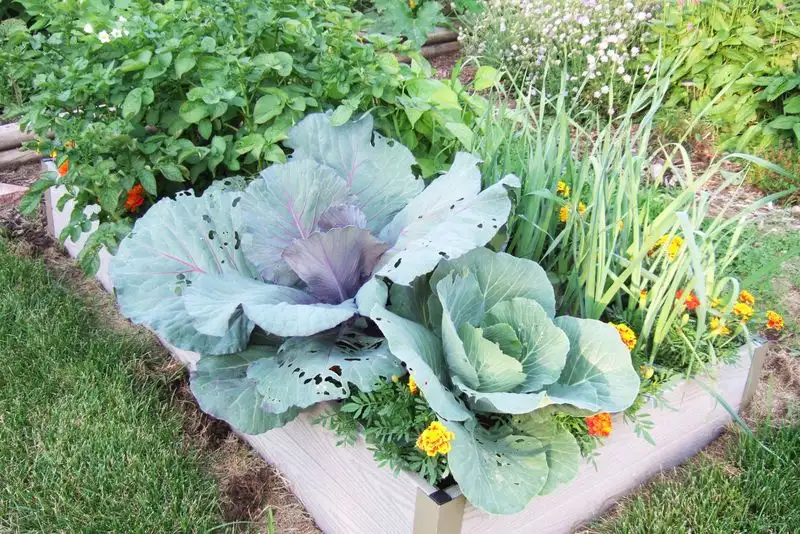
Companion planting is a strategic way to enhance garden productivity with less work. By grouping plants that benefit each other, such as tomatoes with basil or carrots with onions, gardeners can naturally deter pests and improve growth. This method reduces the need for chemical interventions and maximizes space efficiency. Companion plants work synergistically, sharing nutrients and providing mutual support. The result is a thriving garden that requires less attention and input, making it a perfect solution for those seeking a more hands-off gardening experience.
Vertical Gardening
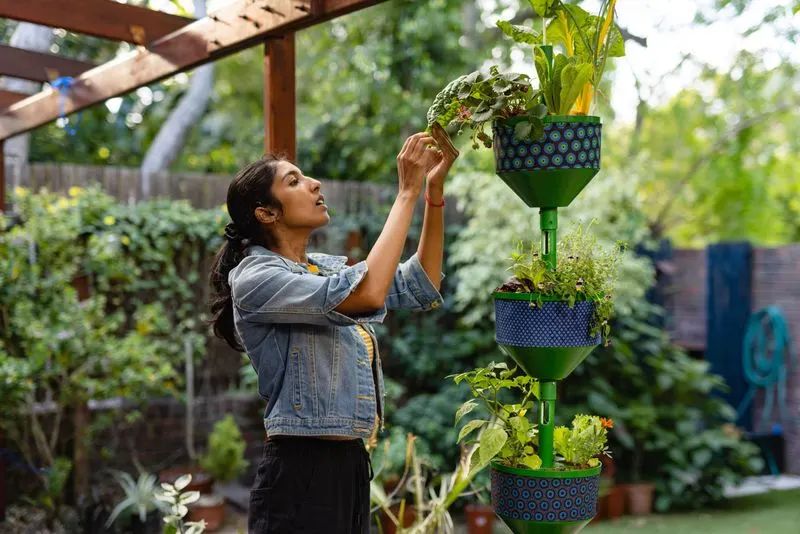
Vertical gardening offers a space-saving solution that requires minimal upkeep. By growing plants on walls or in hanging containers, it maximizes available space while reducing the effort needed for maintenance. This method is ideal for small gardens or urban environments where ground space is limited. Vertical gardens can host a variety of plants, from herbs to flowering vines, adding both beauty and functionality. The elevated position also reduces pest issues and simplifies watering. With vertical gardening, cultivating a vibrant and efficient garden is possible even in the tightest spaces.
Self-Watering Planters
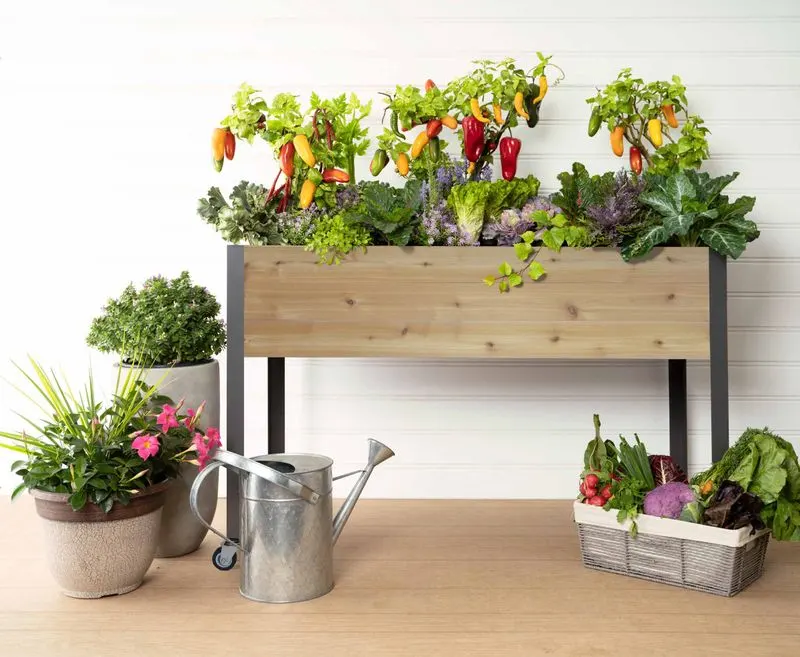
Self-watering planters are a perfect solution for gardeners looking to minimize their workload. These innovative containers are designed to deliver consistent moisture to plants, reducing the need for frequent watering. Perfect for busy individuals or those with limited mobility, they ensure plants receive just the right amount of water. The reservoir system prevents overwatering and under-watering, promoting healthy growth. With a variety of styles and sizes available, self-watering planters can accommodate different plant types, making them a versatile addition to any garden.
Artificial Turf Solutions
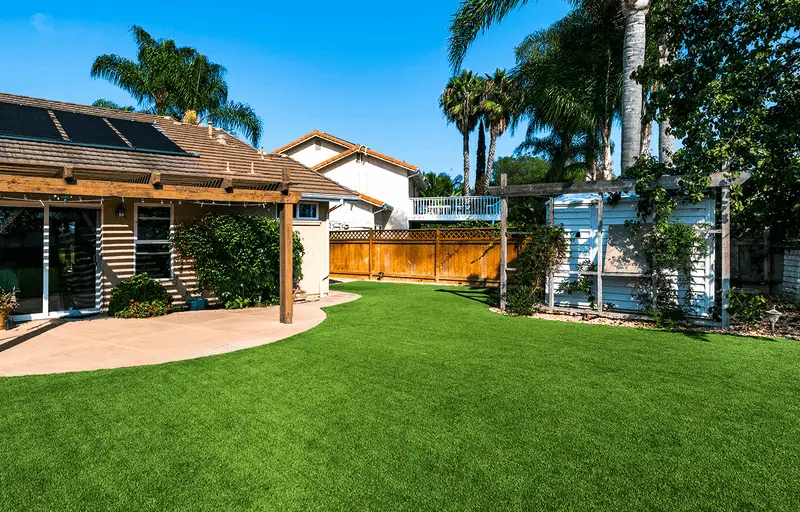
Artificial turf provides a maintenance-free lawn alternative that stays green all year round. Unlike natural grass, it requires no mowing, watering, or fertilizing, saving time and resources. Modern artificial turf looks remarkably realistic, offering the appearance of a lush lawn without the hassle. It’s perfect for areas where grass struggles to grow or for those who prefer a pristine landscape with zero effort. By choosing artificial turf, homeowners can enjoy a consistently beautiful outdoor space, freeing up time for other activities while maintaining a polished look.
Rain Gardens
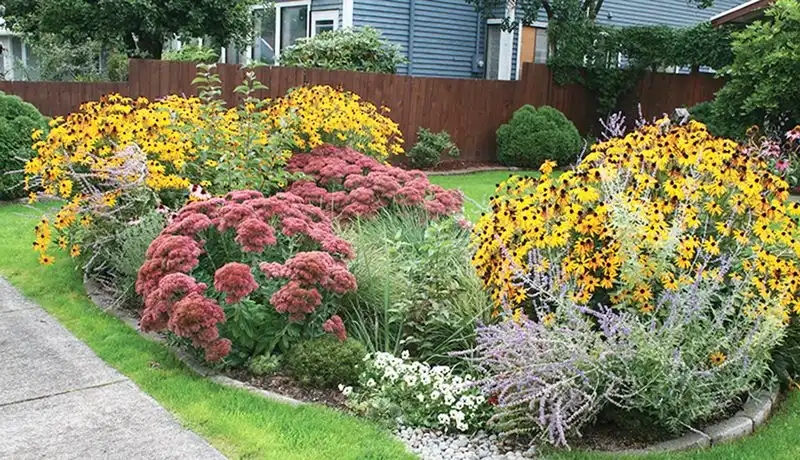
Rain gardens are an eco-friendly way to manage stormwater while enhancing garden beauty. By strategically planting water-loving plants in a low-lying area, rain gardens capture and filter runoff, reducing erosion and pollution. This natural approach minimizes the need for irrigation and supports local wildlife. With vibrant plants and decorative stones, rain gardens add visual interest and functionality. They require little maintenance once established, thriving on rainwater alone. A rain garden not only benefits the environment but also creates a unique and attractive feature in the landscape.
Herb Spirals
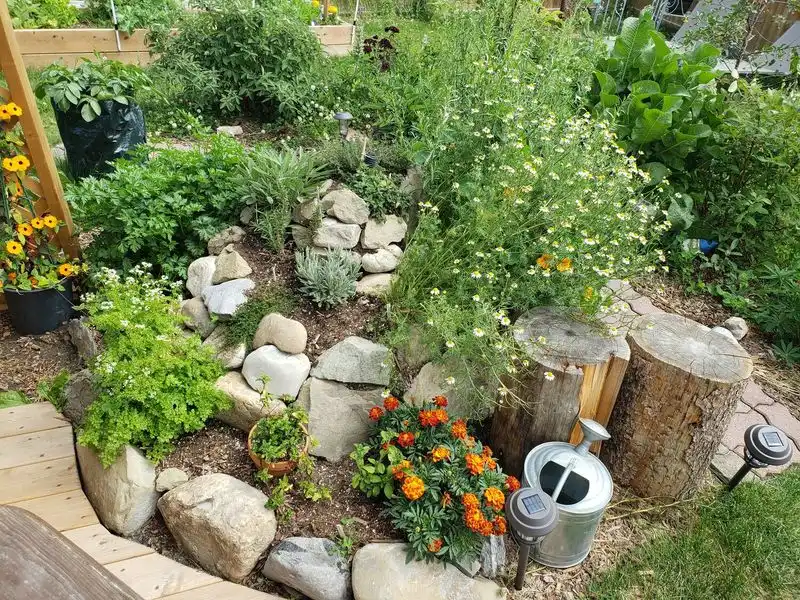
Herb spirals offer an innovative way to grow a variety of herbs with minimal effort. This design maximizes space by creating a vertical spiral that accommodates different herbs, each receiving optimal sunlight and moisture levels. Herbs like rosemary, thyme, and basil can be easily accessed and harvested. The spiral structure allows for natural water drainage, reducing the need for additional watering. By incorporating an herb spiral into the garden, growers can enjoy a bountiful harvest of fresh herbs with less maintenance, all within a compact and visually appealing arrangement.
Naturalized Bulbs
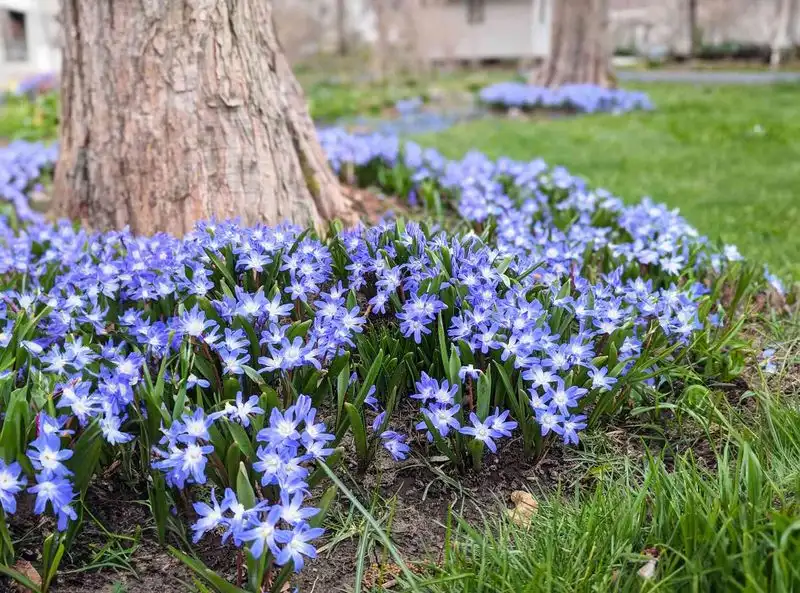
Naturalized bulbs are a wonderful choice for a low-maintenance garden that bursts with color each spring. Once planted, these bulbs return year after year with minimal care, spreading slowly to create beautiful drifts of flowers. They thrive in various soil conditions and require little to no watering once established. By choosing a mix of early and late blooming varieties, gardeners can enjoy a continuous display of flowers. Naturalized bulbs not only add charm and elegance to the garden but also simplify the gardening process, allowing for effortless enjoyment of seasonal beauty.

